Botticelli Sandro - The Montefeltro conspiracy : a Renaissance mystery decoded
Here you can read online Botticelli Sandro - The Montefeltro conspiracy : a Renaissance mystery decoded full text of the book (entire story) in english for free. Download pdf and epub, get meaning, cover and reviews about this ebook. City: New York, Italy, Italy, year: 2008, publisher: Knopf Doubleday Publishing Group, genre: Detective and thriller. Description of the work, (preface) as well as reviews are available. Best literature library LitArk.com created for fans of good reading and offers a wide selection of genres:
Romance novel
Science fiction
Adventure
Detective
Science
History
Home and family
Prose
Art
Politics
Computer
Non-fiction
Religion
Business
Children
Humor
Choose a favorite category and find really read worthwhile books. Enjoy immersion in the world of imagination, feel the emotions of the characters or learn something new for yourself, make an fascinating discovery.

- Book:The Montefeltro conspiracy : a Renaissance mystery decoded
- Author:
- Publisher:Knopf Doubleday Publishing Group
- Genre:
- Year:2008
- City:New York, Italy, Italy
- Rating:3 / 5
- Favourites:Add to favourites
- Your mark:
The Montefeltro conspiracy : a Renaissance mystery decoded: summary, description and annotation
We offer to read an annotation, description, summary or preface (depends on what the author of the book "The Montefeltro conspiracy : a Renaissance mystery decoded" wrote himself). If you haven't found the necessary information about the book — write in the comments, we will try to find it.
The Italian Renaissance is remembered as much for intrigue as it is for art, with papal politics and infighting among Italys many city-states providing the grist for Machiavellis classic work on take-no-prisoners politics, The Prince. The attempted assassination of the Medici brothers in the Duomo in Florence in 1478 is one of the best-known examples of the machinations endemic to the age. While the assailants were the Medicis rivals, the Pazzi family, questions have always lingered about who really orchestrated the attack, which has come to be known as the Pazzi Conspiracy.
More than five hundred years later, Marcello Simonetta, working in a private archive in Italy, stumbled upon a coded letter written by Federico da Montefeltro, the Duke of Urbino, to Pope Sixtus IV. Using a codebook written by his own...
Botticelli Sandro: author's other books
Who wrote The Montefeltro conspiracy : a Renaissance mystery decoded? Find out the surname, the name of the author of the book and a list of all author's works by series.

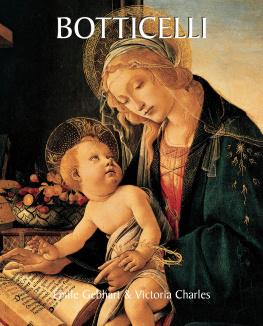
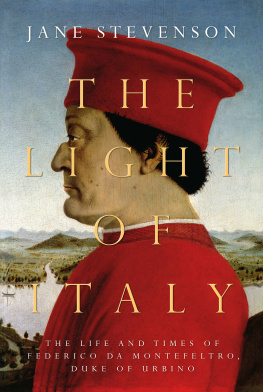
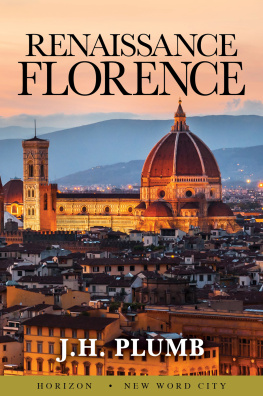
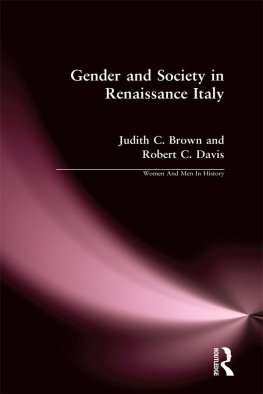
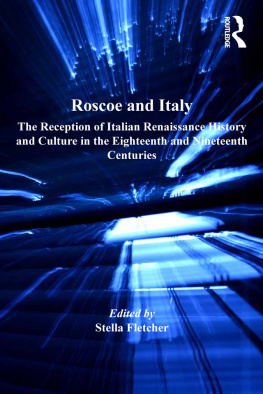


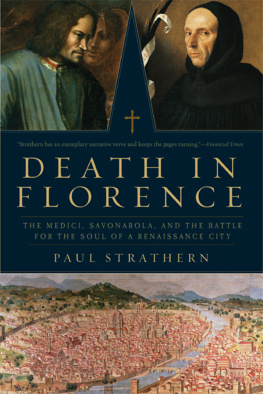
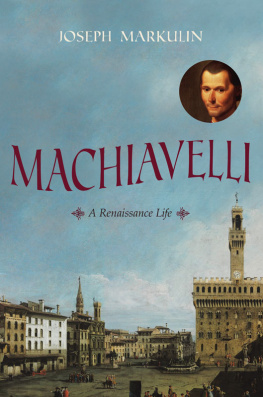


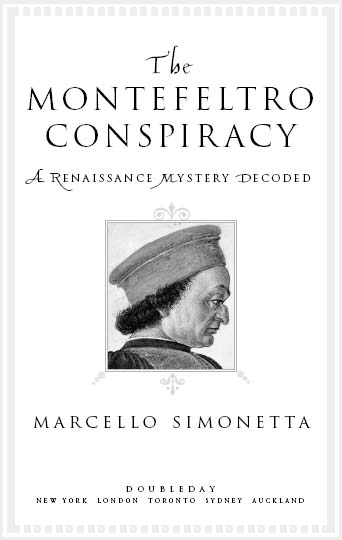






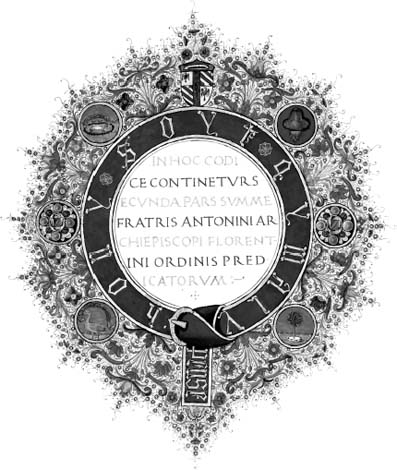
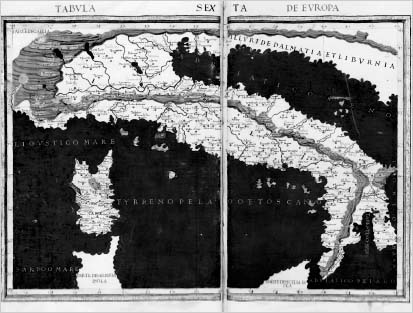



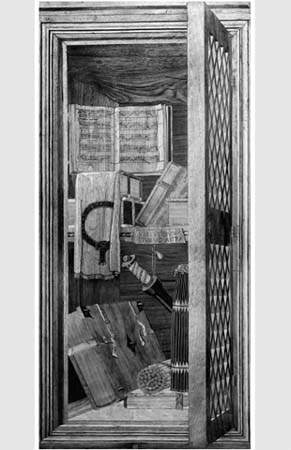

 GALEAZZO MARIA SFORZ a(1444-1476), son of Francesco, Duke of Milan (14011466), inherited his fathers title and estates but was unequal to the task. He was, in Machiavellis words, lecherous and cruel, with a list of sins longer than the Gospel. His assassination upset the balance of power in Italy and set the Montefeltro conspiracy in motion.
GALEAZZO MARIA SFORZ a(1444-1476), son of Francesco, Duke of Milan (14011466), inherited his fathers title and estates but was unequal to the task. He was, in Machiavellis words, lecherous and cruel, with a list of sins longer than the Gospel. His assassination upset the balance of power in Italy and set the Montefeltro conspiracy in motion.